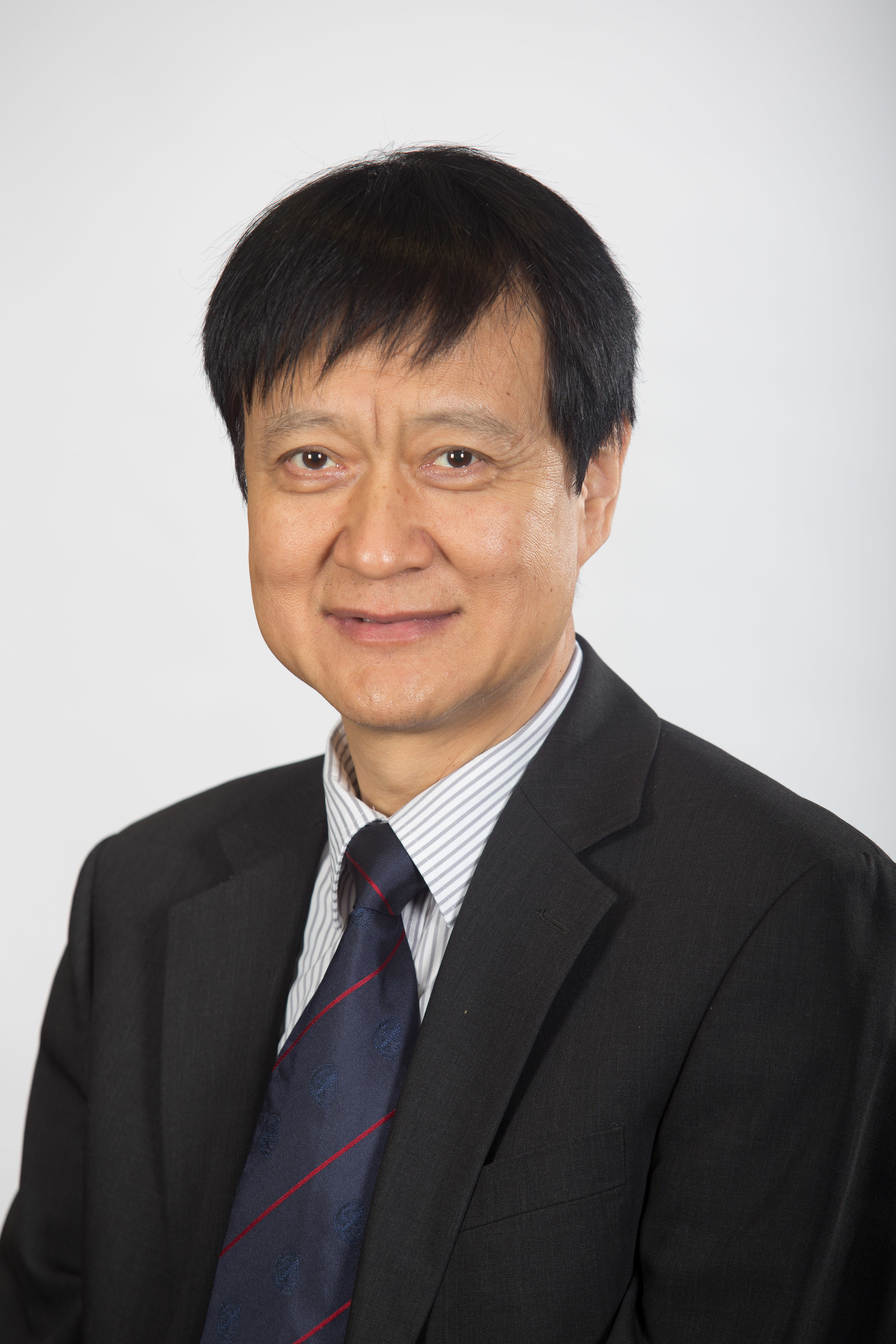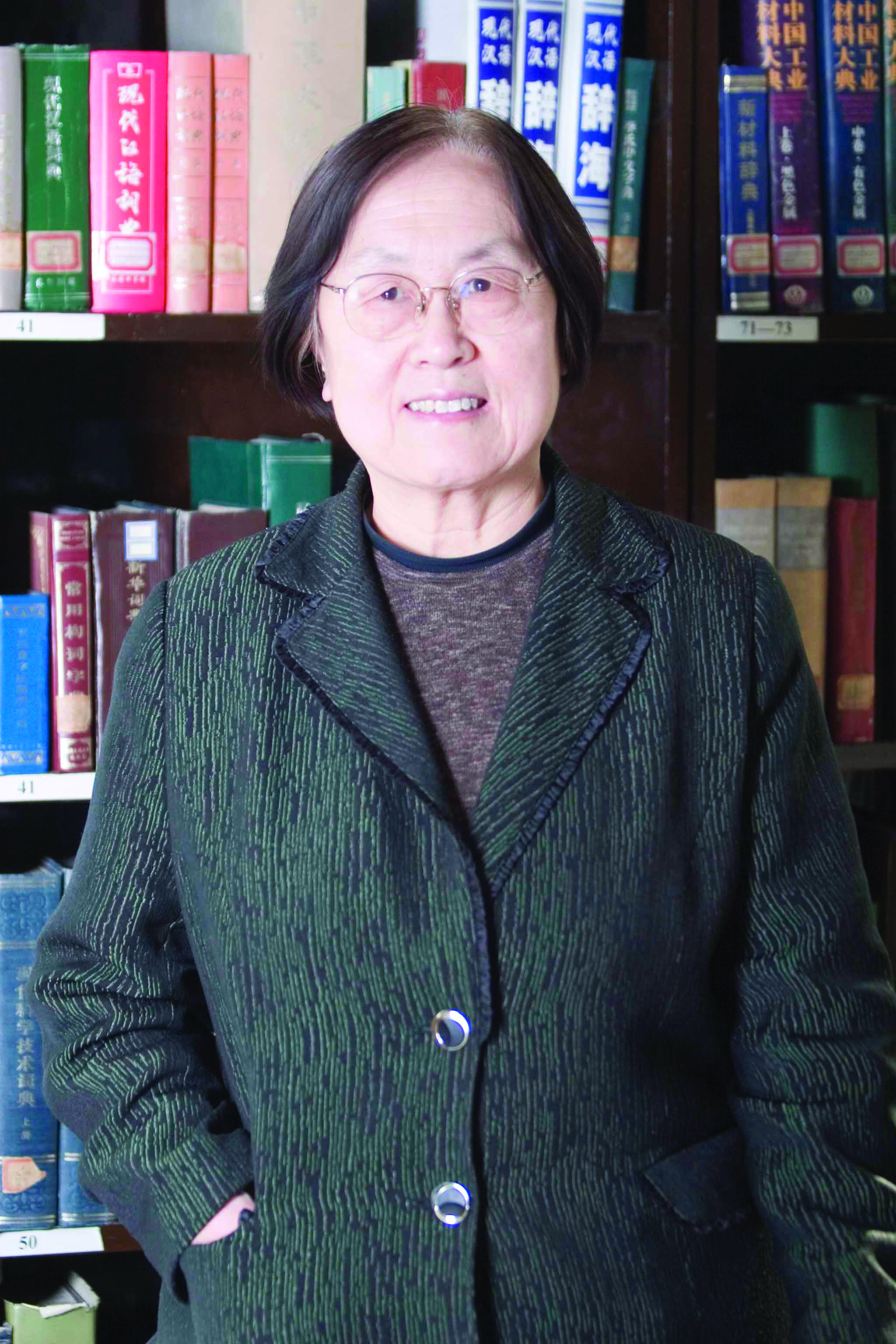Chu-phay Yap (1902-1971), a metallurgist, was elected Member of the Chinese Academy of Sciences in 1955. He established the CAS Institute of Chemical Metallurgy, led the development of China’s oxygen converter steelmaking technology, and proposed three theories for strengthening blast furnace smelting. He conducted research on the comprehensive utilization of China’s complex ores and made great contributions to China’s chemical metallurgy industry.
Mooson Kwauk (1920-2012), chemical engineer, was elected Member of the Chinese Academy of Sciences in 1980. He was a pioneer in China’s fluidization technology and a world-renowned scientist specializing in fluidization technology. He was selected by the American Institute of Chemical Engineers (AIChE) as one of 50 Chemical Engineers of the "Foundation Age".
CHEN Jiayong (1922-2019) was the founding father of China's hydrometallurgy and a pioneer in China’s chemical engineering. He was elected as a Member of Chinese Academy of Sciences in 1980. His research focused on metallurgical reaction kinetics, chemical reaction engineering, chemical and mineral separation, biochemical engineering, and powder materials, etc.

LI Jinghai, chemical engineer, was elected Member of the Chinese Academy of Sciences in 1999. He is a Member of The World Academy of Sciences as well as a Foreign Fellow of the Swiss Academy of Engineering Sciences, the Royal Academy of Engineering (UK), and the Australian Academy of Technology and Engineering. He mainly works on the quantified design and amplification of particle-fluid two-phase reaction systems. He established the energy-minimization multi-scale (EMMS) method, which has been successfully applied in complex system simulation and industrial process simulation. In addition, he developed the multi-scale computing model and proposed the concept of mesoscience.

ZHANG Yi, an expert in environmental engineering, was elected Member of the Chinese Academy of Engineering in 1999. She was the first person to propose an unconventional media called sub-molten salt for efficient reaction and separation and a new process for green chemistry and chemical engineering. These concepts have become universal theories and common technologies in the efficient and clean utilization of difficult-to-process metalloids.
LI Hongzhong, chemical engineer, was elected Member of the Chinese Academy of Sciences in 2005. He proposed the theory and method of the particularization of gas-solids fluidization. He developed the theory of the meso-scale structure and the relationship between meso-scale structure and transfer rate in gas-solids fluidized beds. He also established the theory of non-fluidized gas-solid two-phase flow. He promoted many applications of fluidization technology in the chemical engineering and metallurgy industries.
ZHANG Suojiang, chemical engineer, was elected Member of the Chinese Academy of Sciences in 2015. His research interests focus on ionic liquids, green processes and system integration. He developed a systematic research paradigm of ionic liquids from molecules to systems. He has promoted the industrial applications of a series of ionic liquid-based green technologies.
|